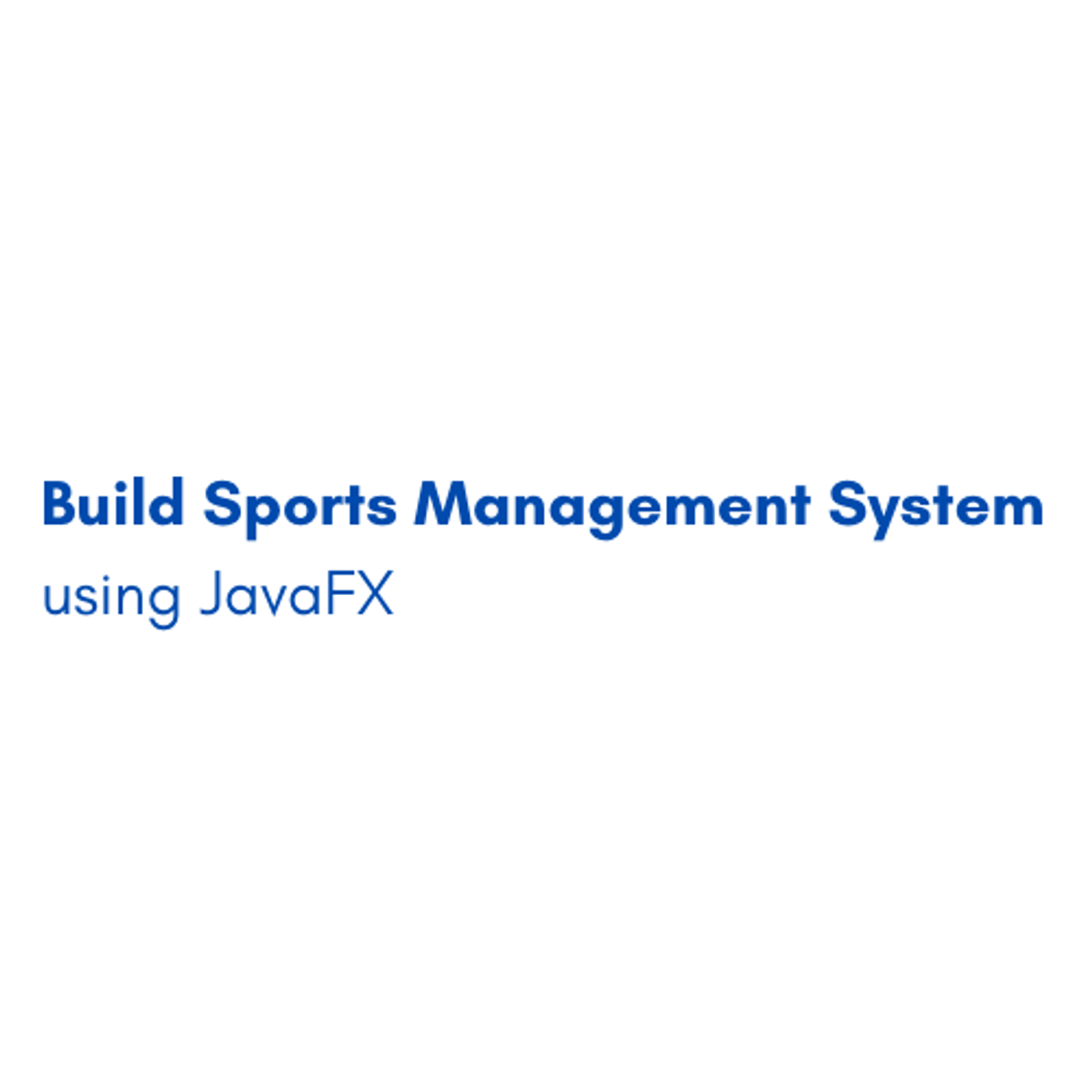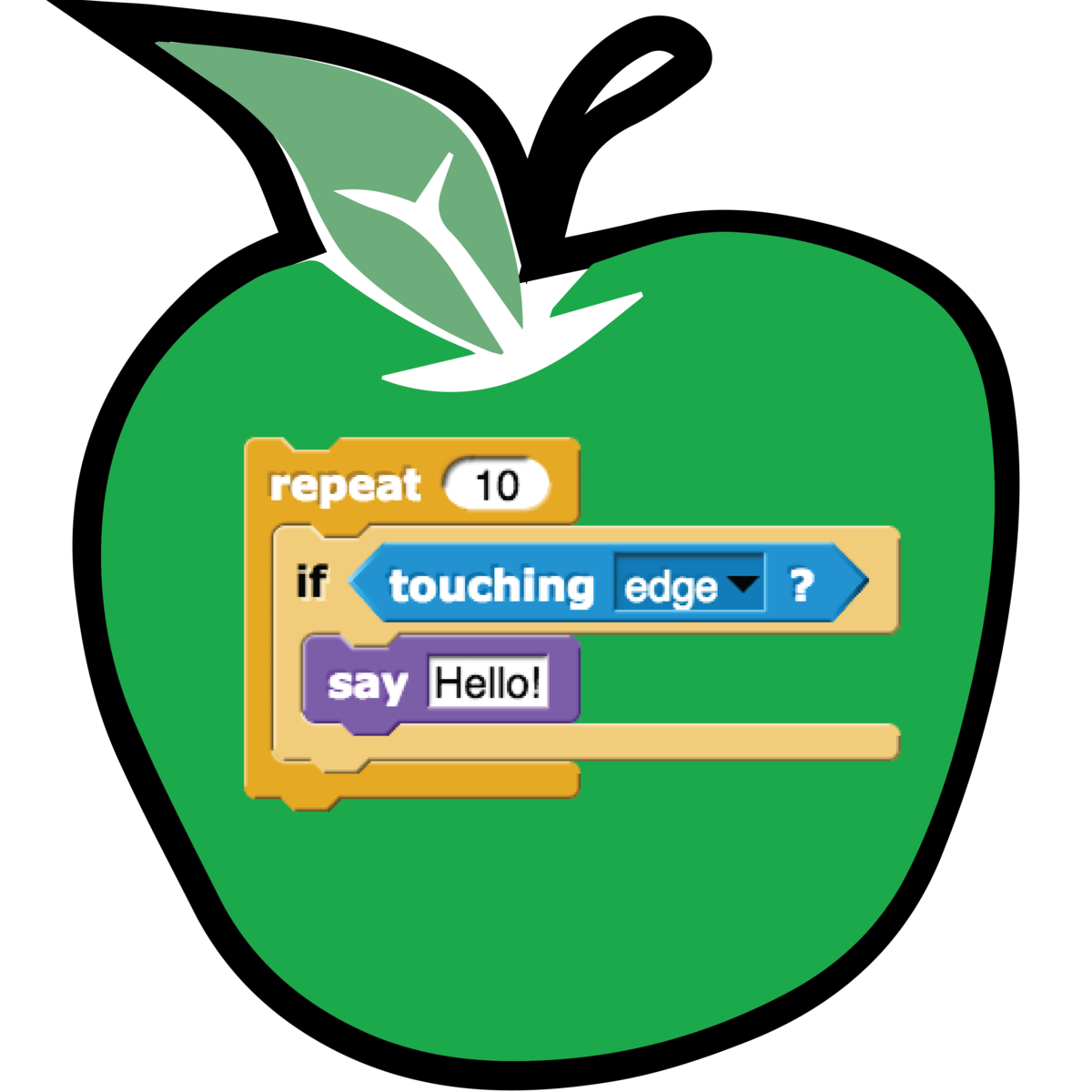Back to Courses









Computer Science Courses - Page 222
Showing results 2211-2220 of 2309

C Programming: Pointers and Memory Management - 4
In this course, we will examine a key concept, foundational to any programming language: the usage of memory.
This course builds upon the basic concept of pointers, discussed in C Programming: Modular Programming and Memory Management, and introduces the more advanced usage of pointers and pointer arithmetic. Arrays of pointers and multidimensional arrays are addressed, and you will learn how to allocate memory for your own data during program execution. This is called dynamic memory allocation at runtime using pointers.
Within moments you will be coding hands-on in a browser tool developed for this course, receiving instant feedback on your code. No need to install anything!
Why learn C and not another programming language? Did you know that smartphones, your car’s navigation system, robots, drones, trains, and almost all electronic devices have some C-code running under the hood? C is used in any circumstance where speed and flexibility are important, such as in embedded systems or high-performance computing.
In this course, you will also gain experience with programming concepts that are foundational to any programming language.
At the end of this course, you will reach the fourth milestone in the C Programming with Linux Specialization, unlocking the door to a career in computer engineering.
Your job Outlook:
- Programmers, developers, engineers, managers, and related industries within scientific computing and data science;
- Embedded systems such as transportation, utility networks, and aerospace;
- Robotics industry and manufacturing;
- IoT (Internet of Things) used in smart homes, automation, and wearables.
- IEEE, the world’s largest technical professional organization for the advancement of technology, ranks C as third of the top programming languages of 2021 in demand by employers. (Source: IEEE Spectrum)
This course has received financial support from the Patrick & Lina Drahi Foundation.

Database Clients
Explore how to write database driven applications in Python by creating various types of clients that connect to MySQL databases using Python code and Python-related MySQL features and tools.
By the end of this course, you’ll be able to:
- Utilize Python code to create, populate and manipulate MySQL databases and tables
- Access advanced functionality in MySQL using custom built Python clients
- Develop working familiarity with advanced topics in MySQL
- Apply the principles of advanced MySQL topics to problem solving using Python
- Develop a working knowledge of the methods by which a MySQL database connects to the web via a Django API
- Create a useful Python application capable of administration of a MySQL database
You’ll gain experience with the following tools and software:
- Python code
- Python-related MySQL features and tools
- Django REST framework
- _meta API

Responsive Website Tutorial and Examples
In this course, we will show you exciting examples of collaborative, interactive web applications that use various types of media including sound, images and big data.
We will show you how to build sites that provide precisely this functionality, using Meteor. We will also provide fully working example application code that you can use for your own commercial web projects.
The course also provides a range of advice and suggestions about how to develop bespoke web applications which match the requirements of clients, where clients are people who commission the product or people who use the product.
We will take you through the development of the following applications:
1. A portfolio website with collaborative blogging functionality.
2. An interactive, realtime, multi user music remixing system.
3. An interactive, online graffiti wall where users can collaborate to create graphics.
4. An interactive data visualisation platform for exploring and plotting big data in exciting ways.
At the end of this course, you will be able to:
• Implement animated data visualisations and graphics using advanced user interface libraries such as vis.js
• Work with external data sources
• Create multi user, realtime, collaborative environments
• Use media APIs such as the Web Audio API
Participation in or completion of this online course will not confer academic credit for University of London programmes.

Build Sports Management System using JavaFX
By the end of this project, you will create a Sport Club Management System using JavaFX. This project will give you a great push towards mastering one of the most used programming languages in the world which is Java. In this project, you will be able to identify and apply many functions and features in JavaFX using SceneBuilder, which is a third-party application used to create a JavaFX GUI easily. You will also learn how to create controller classes in Eclipse that consist of methods that control the JavaFX windows. This will help you create a functional, presentable and fully customizable GUI to your preferences. Learning and understanding JavaFX will help you progress in the programming field by creating simple Java applications.

Computational Thinking for K-12 Educators: Conditional Loops and If Statements
Want to make a game that ends when you "catch" an object by clicking on it? Or maybe you get points based on how close you came? You'll do that in this class!
This class teaches the concepts of conditional loops and if/else statements. For each concept, we'll start by helping you connect real-world experiences you are already familiar with to the programming concept you are about to learn. Next, through a cognitively scaffolded process we'll engage you in developing your fluency with problem solving with repeat until loops, while loops, and if/else statements in a way that keeps frustration at a minimum.
Along the way you will learn about the common challenges or "bugs" students have with these concepts as well as ways to help them find and fix those concepts. You'll also be guided in running classroom discussions to help students develop deeper understanding of these concepts.
Finally, you'll learn how to support interactive learning experiences among your students with Peer Instruction.
Additionally, you will create a resource for your classroom to support an equitable classroom.

Generative Design for Additive Manufacturing
This course introduces you to one of the more common applications of generative design: Additive Manufacturing or 3D printing as it’s also known. In this course, we explore the basics of geometry creation and the mindset shift needed to build a generative design—a deeper understanding of generative design, its parameters, and how to work with the results specifically aimed at making a 3D printed metal part. We develop insightful understanding of the generative workflow by exploring Autodesk® Fusion 360™ tools and combining them with the creative process of taking an idea to a 3D model. We'll learn how to focus on where a design is and isn’t and apply the generative design thinking process to define a study as we take a deeper dive into Fusion 360.
You’ll need a paid subscription to Fusion 360 to complete the assignments in this course. Be sure to review your access or payment options before enrolling: https://www.autodesk.com/products/fusion-360
Want to take your learning to the next level? Complete the Autodesk Generative Design for Manufacturing Specialization, and you’ll unlock an additional Autodesk Credential as further recognition of your success! The Autodesk Credential comes with a digital badge and certificate, which you can add to your resume and share on social media platforms like LinkedIn, Facebook, and Twitter. Sharing your Autodesk Credential can signal to hiring managers that you’ve got the right skills for the job and you’re up on the latest industry trends like generative design.
Enroll in the Specialization here: https://www.coursera.org/specializations/autodesk-generative-design-manufacturing
Looking for Autodesk Fusion 360 certification prep courses? Check out additional learning resources to help you uplevel your skills: https://www.autodesk.com/learning

Restful Web Service Spring Boot Visual Studio Code Gradle
In this project you will use the Spring Boot Framework to create a restful web application that returns a list of random numbers to the consumer.
A web service uses a standard protocol and messaging system to transfer data between systems and applications. Restful stands for Representational State Transfer, which uses HTTP to transfer XML or more commonly JSON packets among various applications. The Spring Boot Framework automatically produces the underlying code to help the developer focus on the web service itself, rather than the boilerplate code it produces automatically.
Note: This course works best for learners who are based in the North America region. We’re currently working on providing the same experience in other regions.

Learn Javascript with zero prior programming experience
Absolute beginners welcome!
Did you know that programming has one of the highest dropout rates of all undergraduate majors? When approached in the wrong way, learning Javascript can be an incredibly frustrating process. In this guided project, we’ll draw upon 40 years of research into the best ways to introduce new programming concepts in an enjoyable but rapid manner.
Many courses with titles like "Javascript for Beginners" really mean “Javascript for people who know other programming languages but are beginners at Javascript." This guided project will include introductory programming activities that have been extensively researched to provide you the best possible foundation for learning to program using Javascript. More importantly, it's designed to give beginner learners a firm enough foundation in programming that they can feel confident creating their own unique programs from scratch. By the end, you'll be writing your own programs to solve a challenging mystery using complex Javascript loops and conditionals.

Create website wireframes with Balsamiq
In this 2-hour long project-based course, you will learn how to create a website wireframes with Balsamiq, create the schematic for interface design, apply principles of hierarchy, proximity, contrast and progressive disclosure for interaction design, creating an e-commerce home page, product details and create account page wireframes.
Note: This course works best for learners who are based in the North America region. We’re currently working on providing the same experience in other regions.

Develop a business presentation with Prezi
This project will allow you to design a professional presentation quickly and easily with Prezi, an online platform for designing presentations of all kinds. You will discover the features of Prezi and will be able to create an attractive and animated presentation. This project is intended for professionals or students who would like to learn how to use Prezi to create professional presentations whether for the workplace or education.
